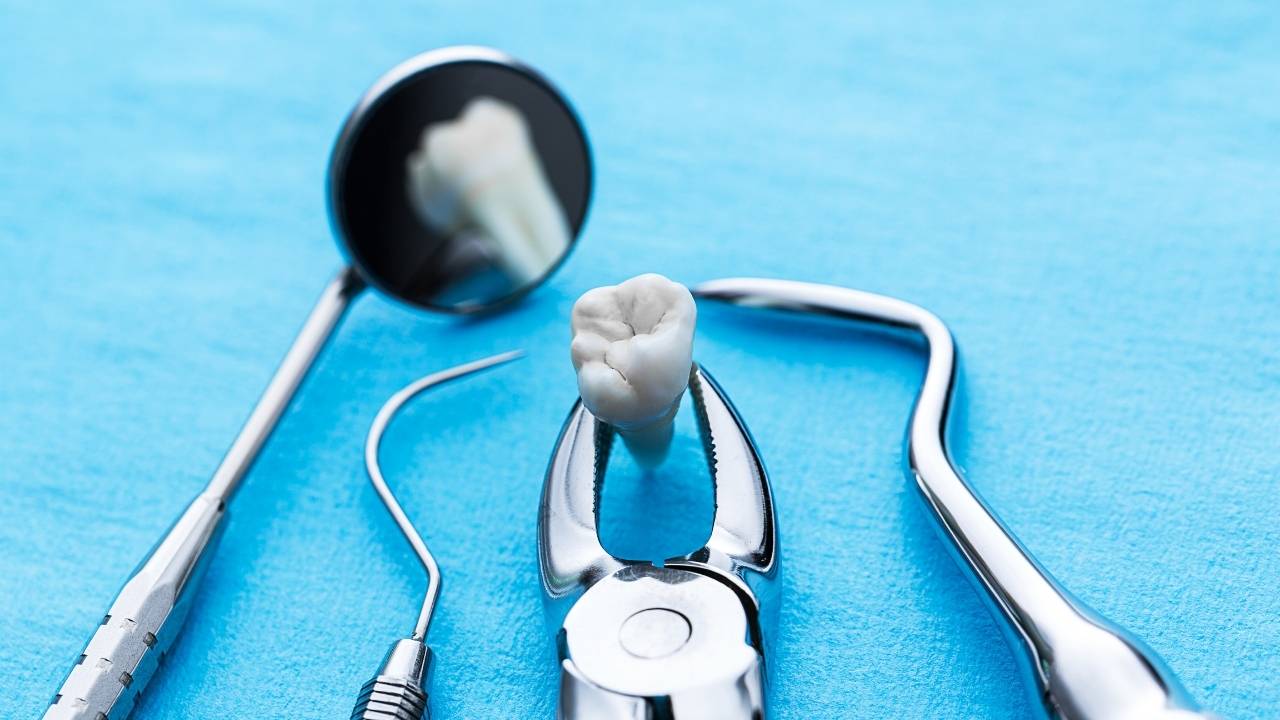Expert Wisdom Tooth Removal In Clayton
At Dunstan Dental, we understand that wisdom tooth removal can seem scary. That’s why, our experienced team is here to provide expert care and support throughout the process, ensuring your comfort and swift recovery.
What Are Wisdom Teeth?
Wisdom teeth are the third and final set of molars that usually come through in the late teens or early twenties. While some people never develop wisdom teeth, others may have up to four. Wisdom teeth don’t always cause dental problems, but when they do, you should have them looked at by a local dental professional.

When Is Wisdom Tooth Removal Needed
Wisdom teeth may need to be removed if they are:
- Impacted (unable to fully emerge through the gums)
- Growing at an angle, potentially damaging adjacent teeth
- Prone to infection or decay due to difficulty cleaning
- Crowding other teeth
- Causing pain or discomfort, including
- Pain or tenderness in the back of your mouth
- Swelling or redness of the gums around the wisdom teeth
- Difficulty opening your mouth
- Bad breath or an unpleasant taste in your mouth
- Safe amalgam removal
Our Approach
Comprehensive Assessment We use advanced imaging techniques, including X-rays, to determine the position of your wisdom teeth and plan the most appropriate removal method.
Personalised Treatment Our dentists will discuss the procedure with you, addressing any concerns and ensuring you’re fully informed about the process.
Comfort-Focused Care We offer various sedation options to ensure your comfort during the procedure, including local anaesthesia and, if necessary, additional sedation.
Expert Extraction Our skilled dentists use minimally invasive techniques to remove wisdom teeth efficiently and safely.
Aftercare Support We provide detailed post-operative instructions and follow-up care to ensure proper healing.

Our Extraction Procedure
1. Anaesthesia:
Local anaesthesia is administered to numb the area.
2. Incision
If the tooth is impacted, a small incision may be made in the gum.
3. Extraction
The tooth is carefully removed, sometimes in sections for easier extraction.
4. Cleaning
The site is cleaned to remove any debris.
5. Stitches
If necessary, dissolvable stitches are used to close the incision.
Recovery And Aftercare
- Rest: Take it easy the first 24-48 hours after surgery.
- Bleeding: It’s normal to experience bleeding for hours. To control it, place a clean, moist piece of gauze over the empty socket and bite down gently but firmly for up to 45 minutes.
- Swelling: Apply ice packs to reduce facial swelling during the first 24 hours. After 24 hours, switch to a warm, moist towel to treat the swelling.
- Soft Diet: Stick to soft foods for the first few days.
- Oral Hygiene: Gently rinse with warm salt water starting the day after surgery.
- Pain Relief & Medication: Pain medication and antibiotics may be prescribed, if necessary.
- Avoid: Don’t use straws, smoke, or drink alcohol for at least a week.



